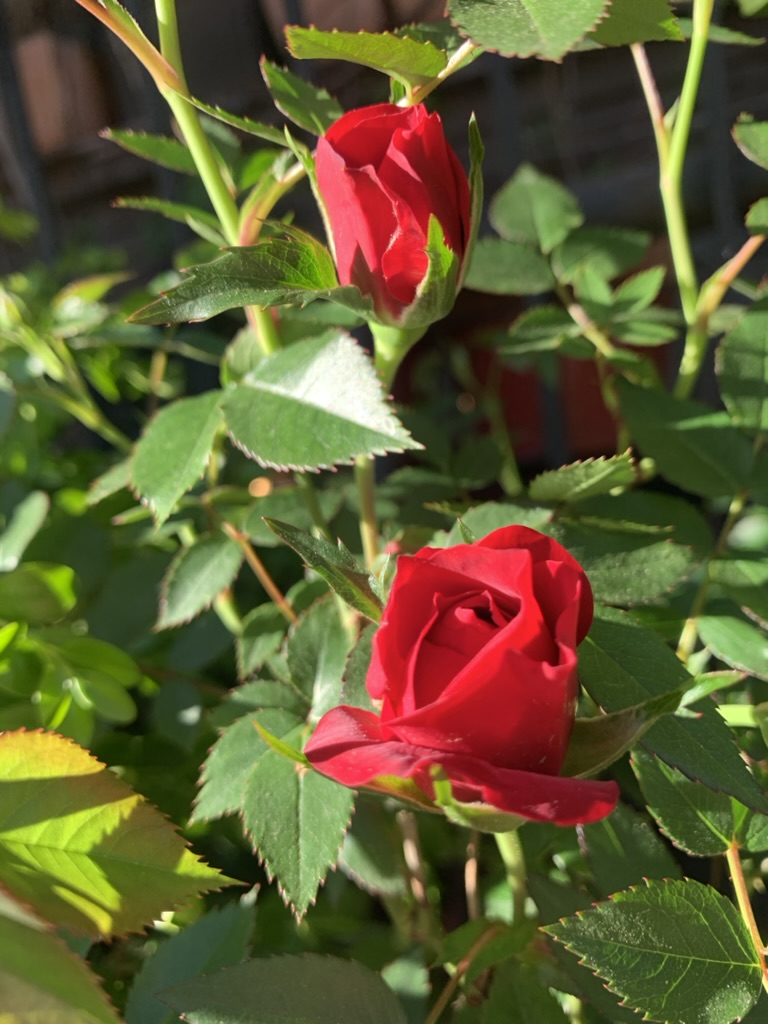Our garden got badly parched this summer, but it’s managed to bounce back a little as temperatures have dropped from their peaks.
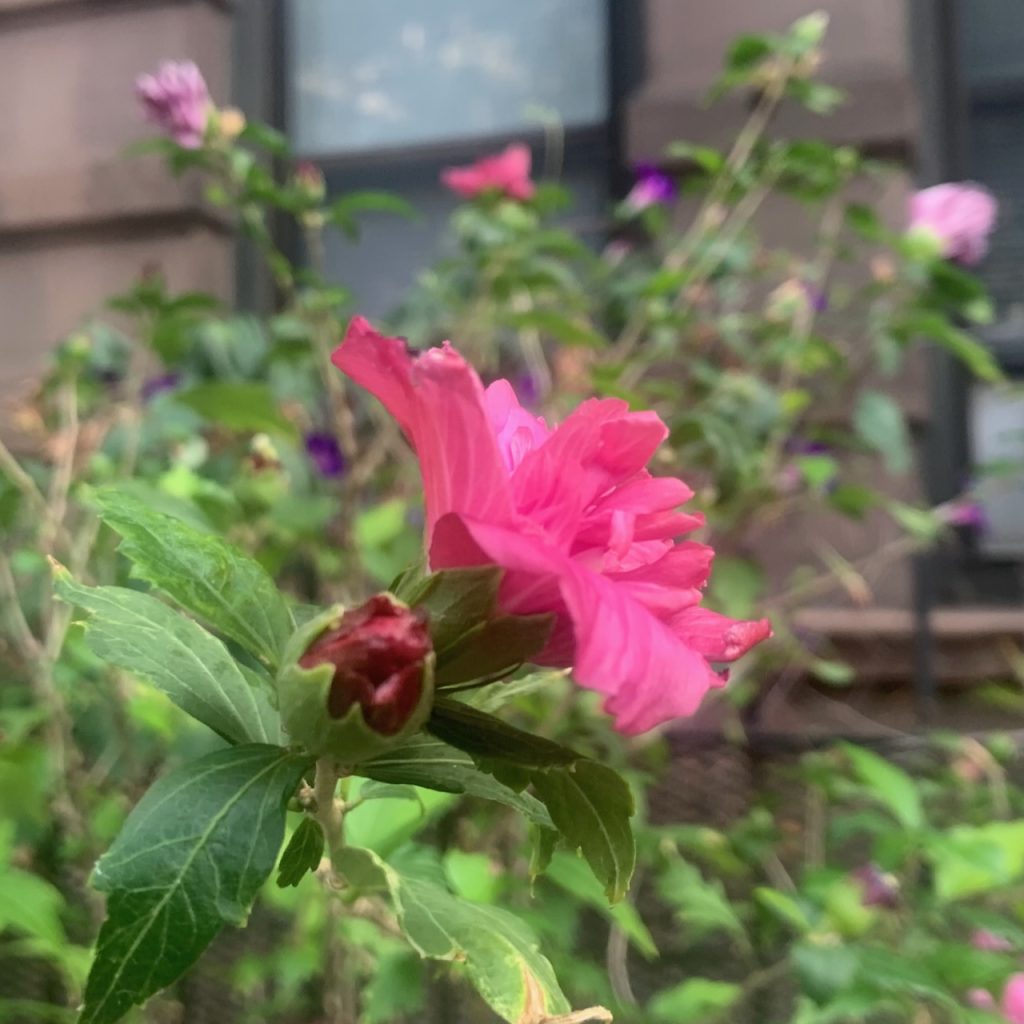
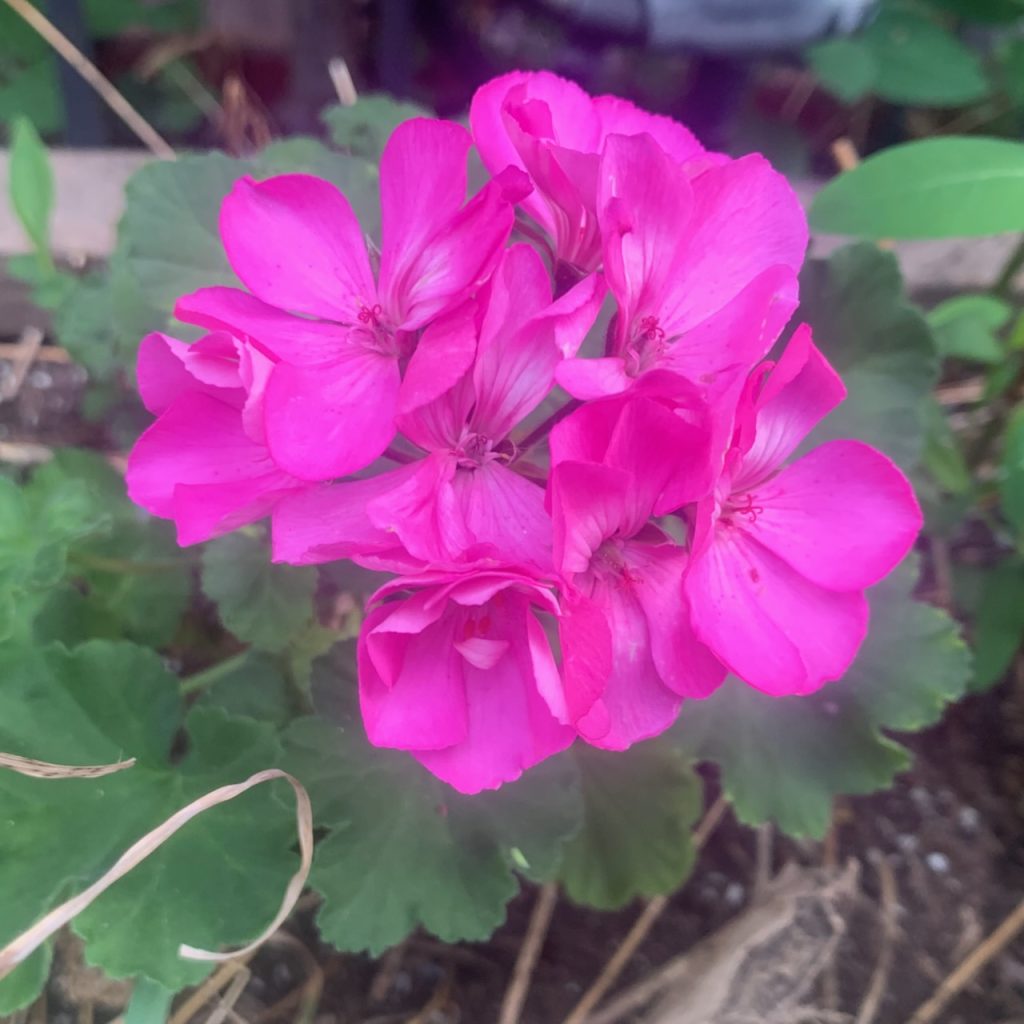
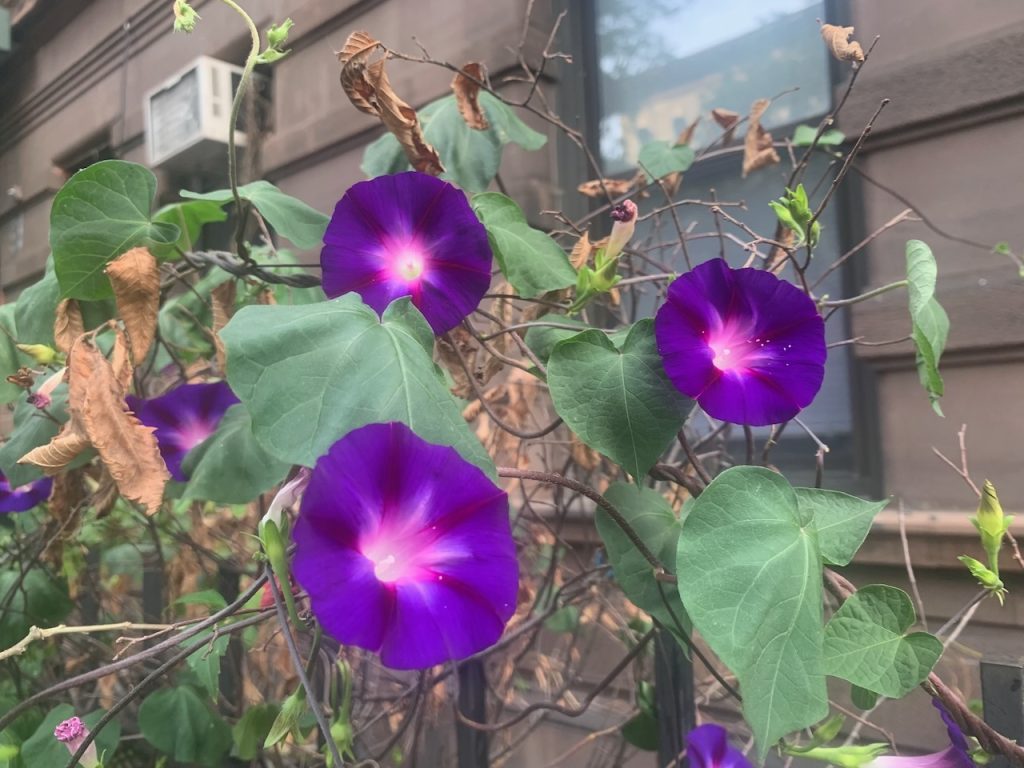
Sidewalk Greenspace on New York's Upper West Side
Our garden got badly parched this summer, but it’s managed to bounce back a little as temperatures have dropped from their peaks.



Our hibiscus shrub (aka “Rose of Sharon”) is getting ready to flower for the first time this season.
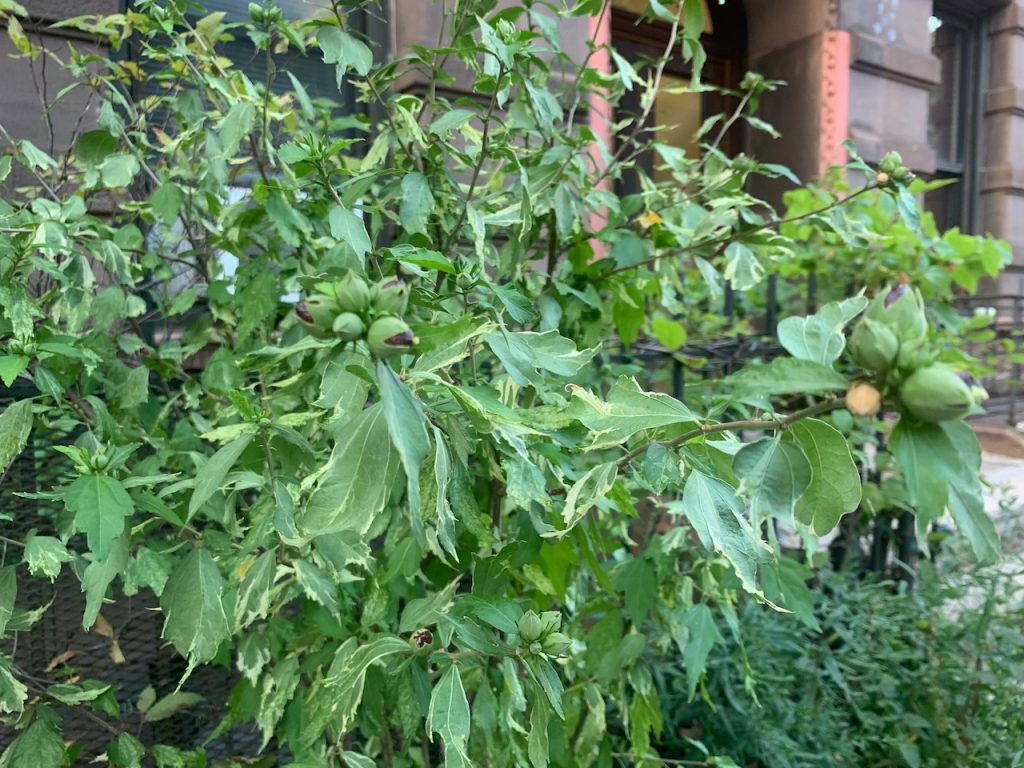
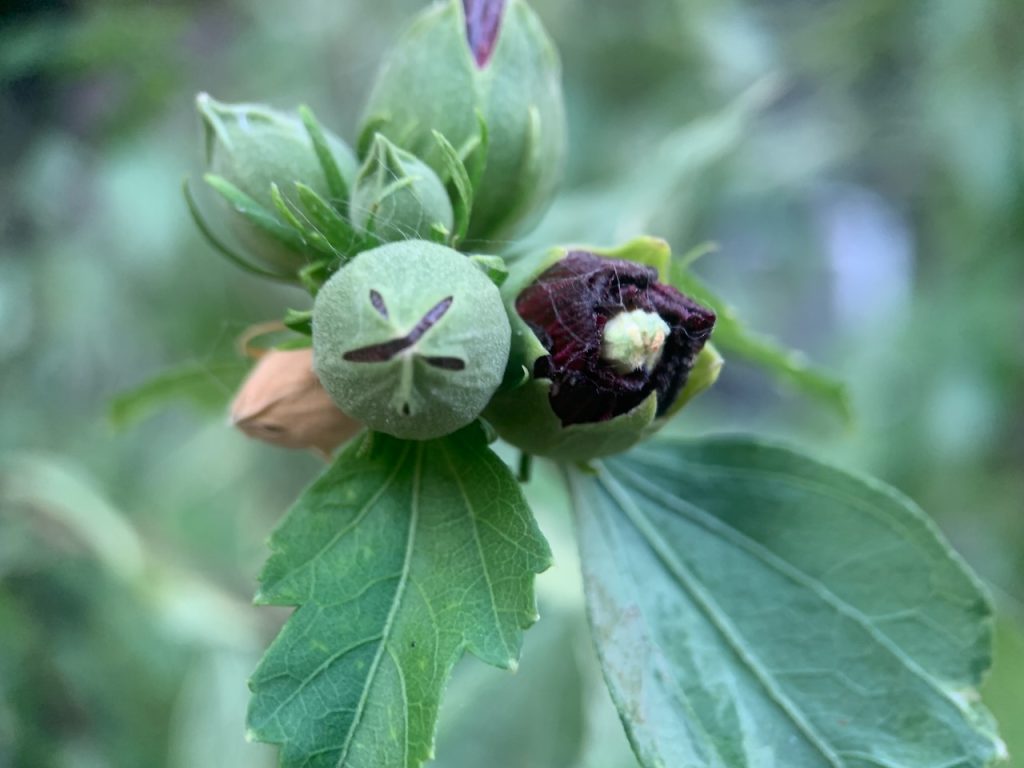
I love the thistle-like flowers on our burdock plants!

I’m really pleased with the way the grapevines and little trees soften the edges of the otherwise-drab fence and stairs in front of our buildings.
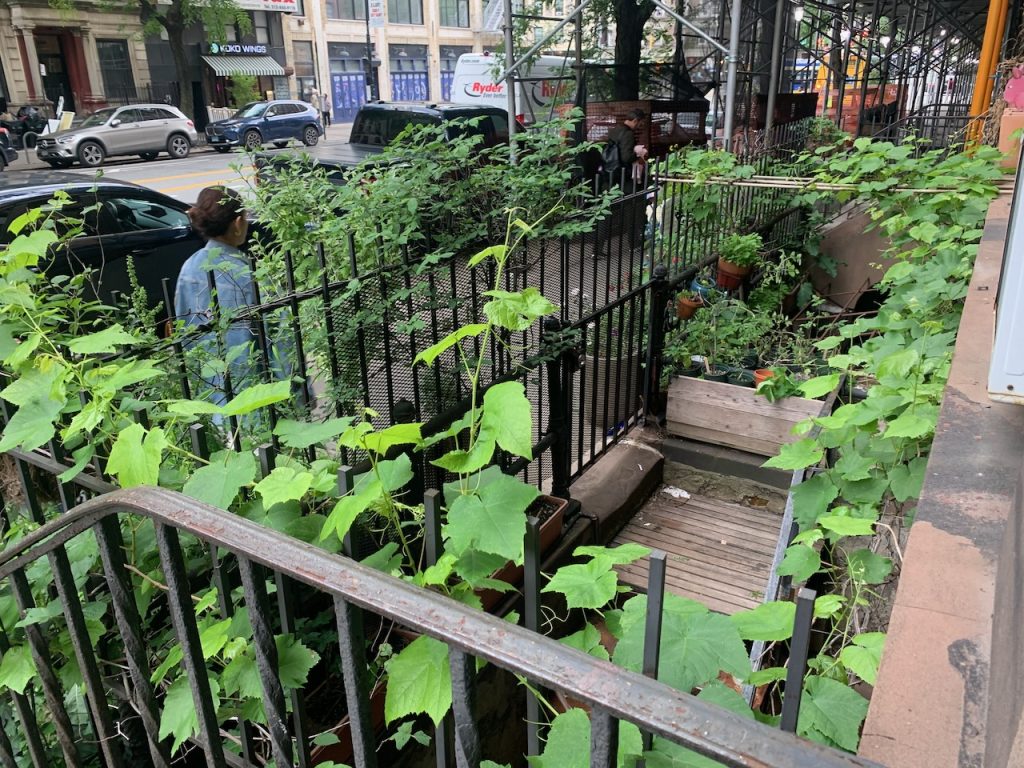
The roses are really having a productive season.

The honeysuckle seems to be happy about having been repotted into a larger container at the start of the season, and is throwing out even more of its crazy flower clusters than it did last year.
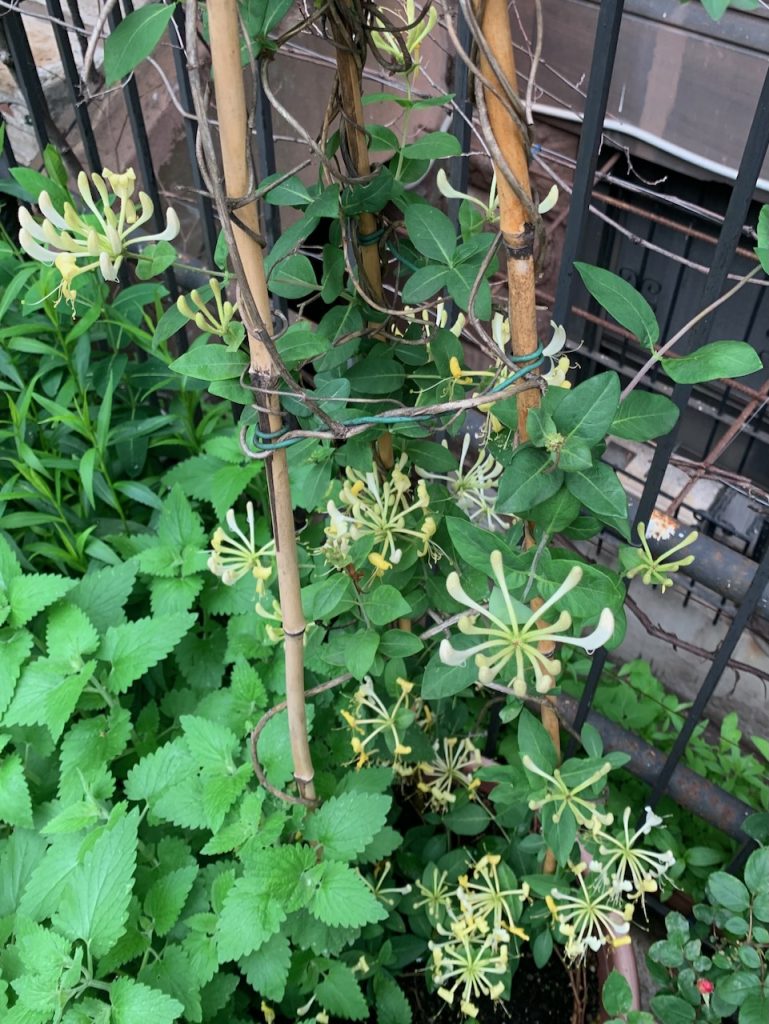
A plethora of roses in our sidewalk garden.
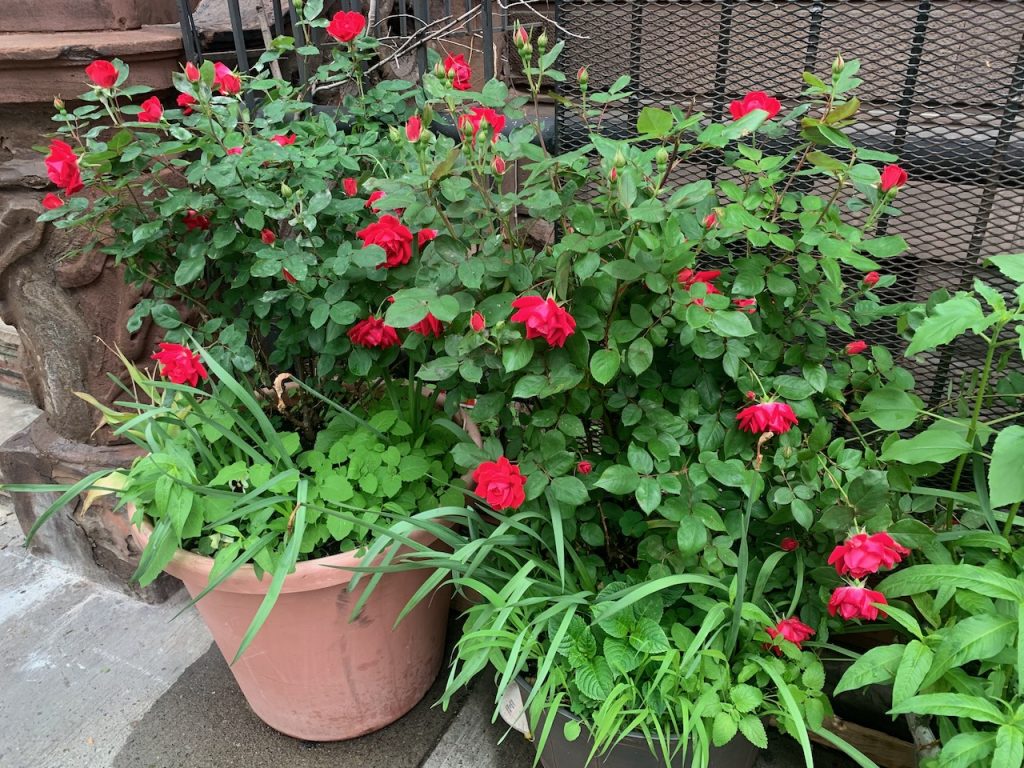
Our first flush of pinks!
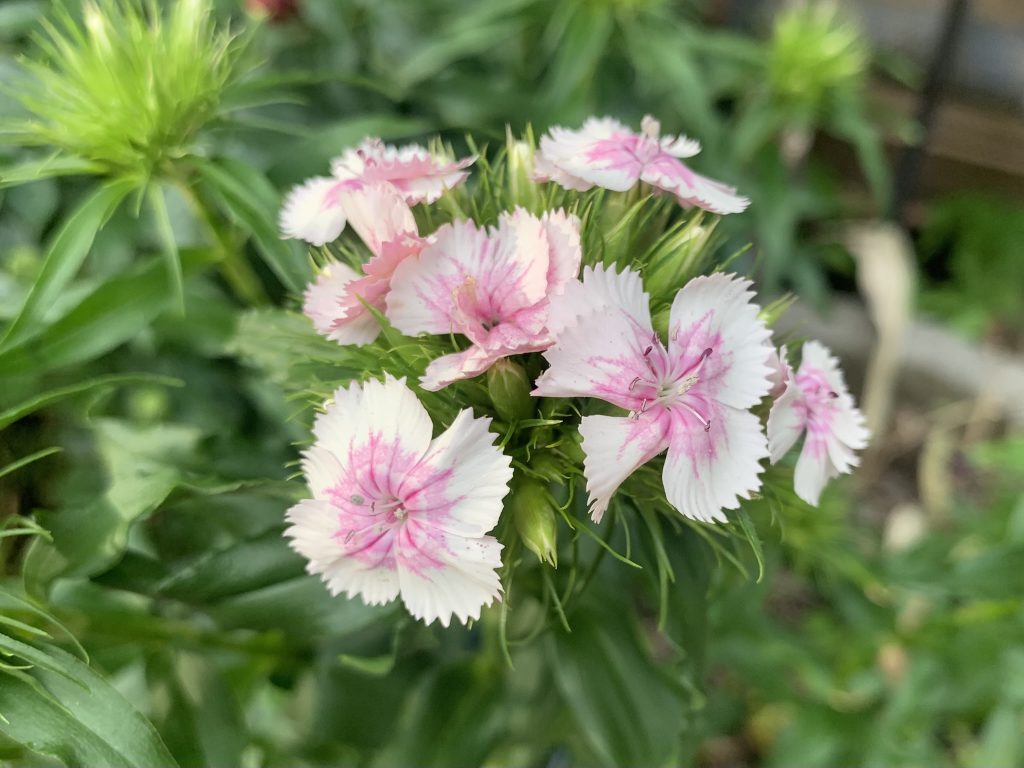
The honeysuckle in our urban sidewalk garden put out its first blooms this weekend — ridiculously complicated and showy, and deliciously fragrant.
(I repotted this into a larger container at the start of the season, which I hope will give its roots the space they need for the next stage of growth.)
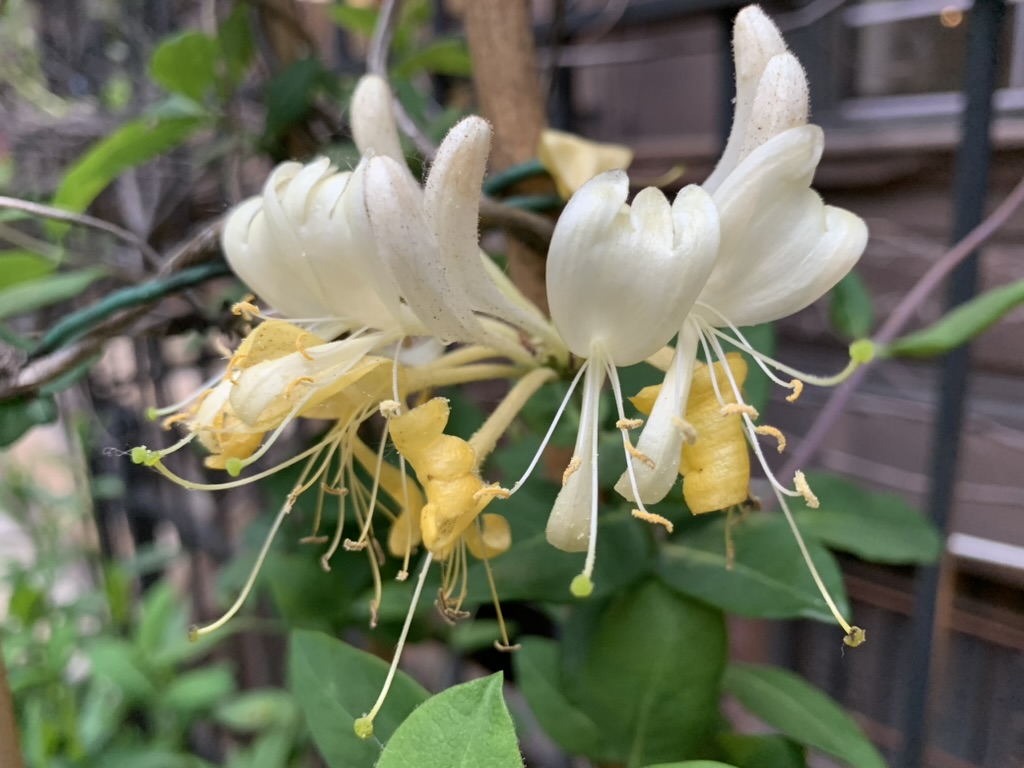
Our first roses of the season opened on Monday to catch a bit of the late-afternoon sun.
